We have become so dependent on our electronic appliances and devices that we start to panic when the grid suddenly goes down. While solar power generators now offer a more sustainable alternative to the gasoline-chugging relics of the past, it’s a different story when you’re out in the wild with the sun nowhere to be seen. Of course, we can’t control the weather, but we can be prepared for any situation, including when things don’t go according to our perfect plans. Just because the sun isn’t around doesn’t mean you have to stress over the lack of power. With this ultra-portable 50W power generator, you can have the confidence and peace of mind to stay outdoors longer, thanks to the power of the all-present wind.
Designer: Aurea Technologies Inc.
Click Here to Buy Now: $356 $571 ($215 off). Hurry, only 6/74 left! Raised over $273,000.
Solar energy isn’t the only renewable energy source available. In fact, while solar panels are more popular for residential or personal uses, wind power is considered to be more reliable for wide-scale industrial use. Unfortunately, conventional wind turbines are neither small nor portable, making them inconvenient to use in more common, everyday scenarios. That is exactly what Shine 2.0 fixes, harnessing the power of the wind to power your outdoor adventures while enjoying the conveniences of modern technologies in a compact package that’s just the size of a large water bottle.
Shine 2.0 can generate up to 50W of power day or night, whether it’s sunny, cloudy, foggy, or even rainy. Its USB-C PD port outputs up to 75W to fast charge, smartphones, eReaders, tablets, and more. It can also power 12V devices, including laptops, and drones. Worried about a dry spell ruining your outdoor fun? The Shine 2.0 can generate as well as store power in its internal 12,000 mAh battery so you can use the oblong-shaped power generator as a power bank even after the wind has died down. And because of the wind’s cubic relationship with power, when the wind is twice as strong, the Shine 2.0 can generate eight times more power as well.
Shine 2.0 is designed for versatility. Are some low structures getting in the way of your wind? Shine 2.0’s 6-foot mount accessory raises it high above potential obstructions to capture more wind and maximize power generation. By using Shine 2.0’s custom adapter accessory, you can even charge power stations from EcoFlow, Bluetti, Jackery, and others. Sealed and weatherproof with an IP54 rating, Shine 2.0 is ready to face any condition to help you enjoy the great outdoors or even provide emergency backup power during an outage.
New to this second-gen wind turbine generator is a Bluetooth-connected app that lets you see all the critical stats like wind speed and power output without even having to get close. Weighing only 3 lbs and small enough to be stashed in a backpack water bottle compartment, Shine 2.0 offers unbeatable value in providing power on the go, wherever and whenever you need it. With this sleek, compact, and ultra-portable wind turbine, you no longer need to stress over surviving a few days away from power outlets, allowing you to enjoy the liberating experience of generating power from the wind.
Click Here to Buy Now: $356 $571 ($215 off). Hurry, only 6/74 left! Raised over $273,000.
The post Ultra-Portable Wind Turbine Generator Lets You Fast-Charge Your Devices Anywhere with Green Energy first appeared on Yanko Design.







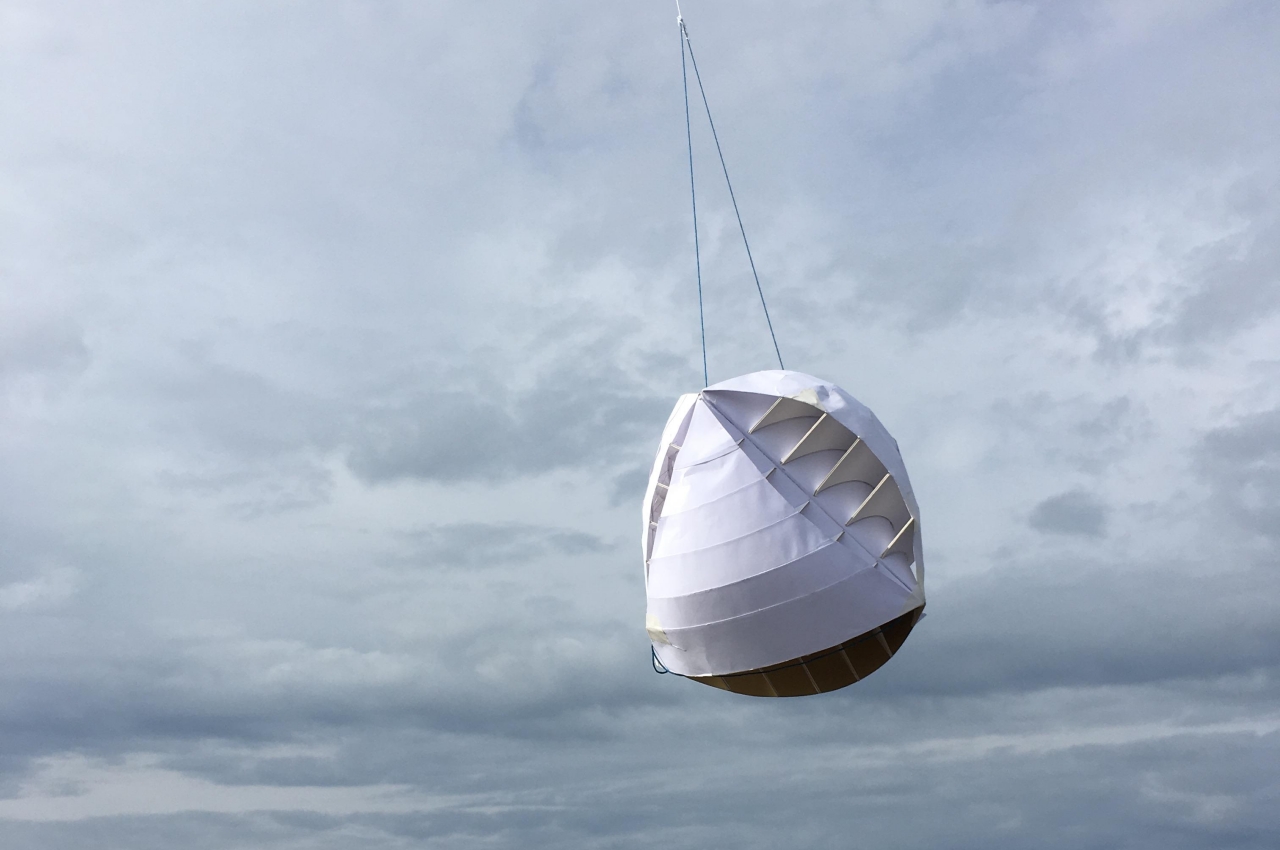

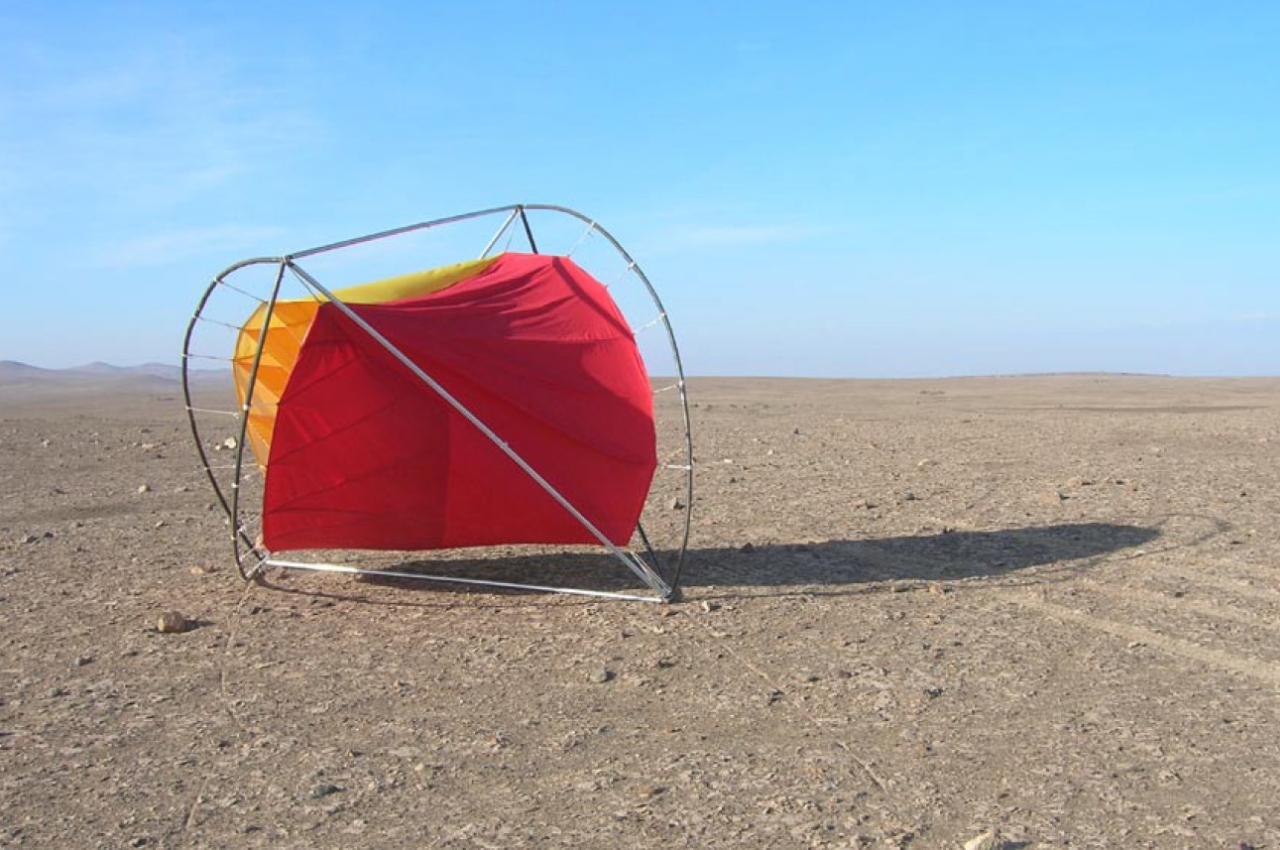
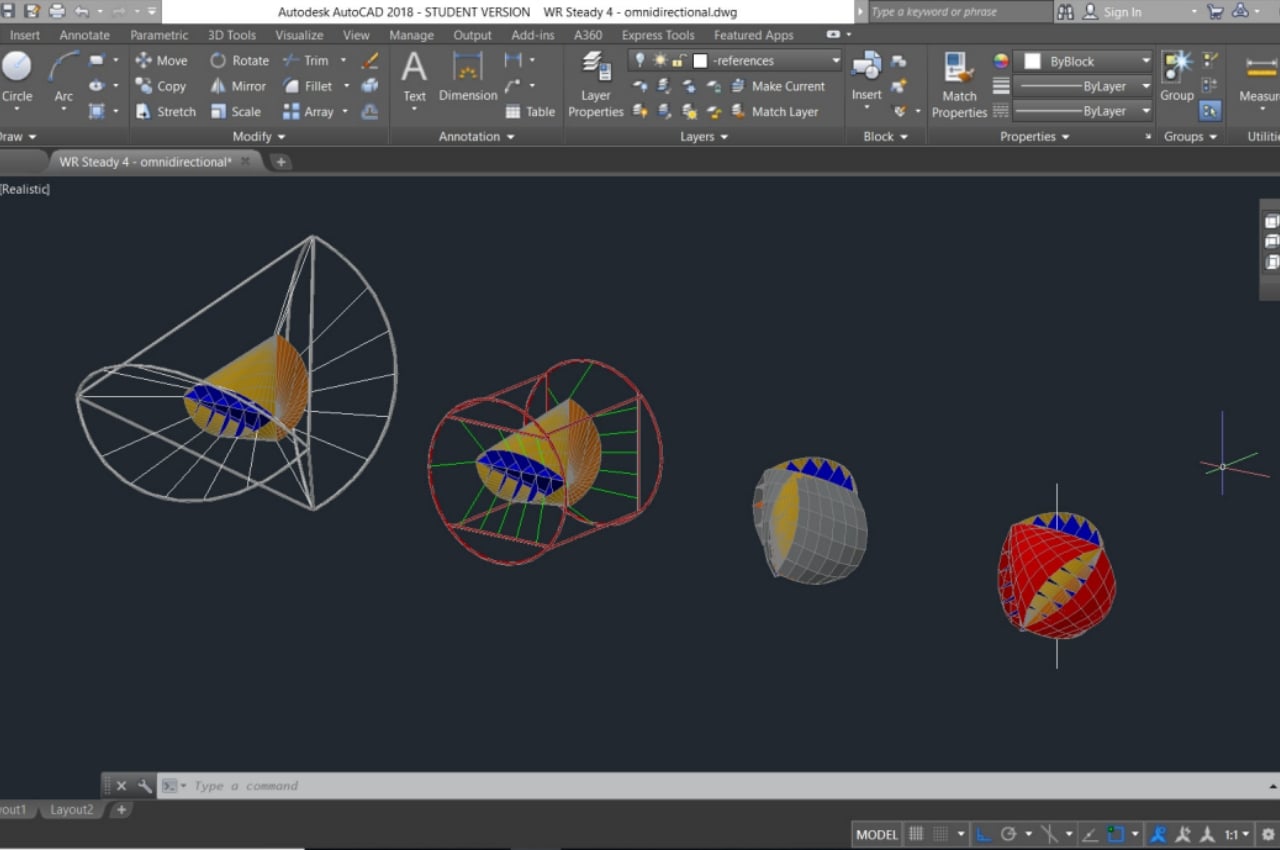
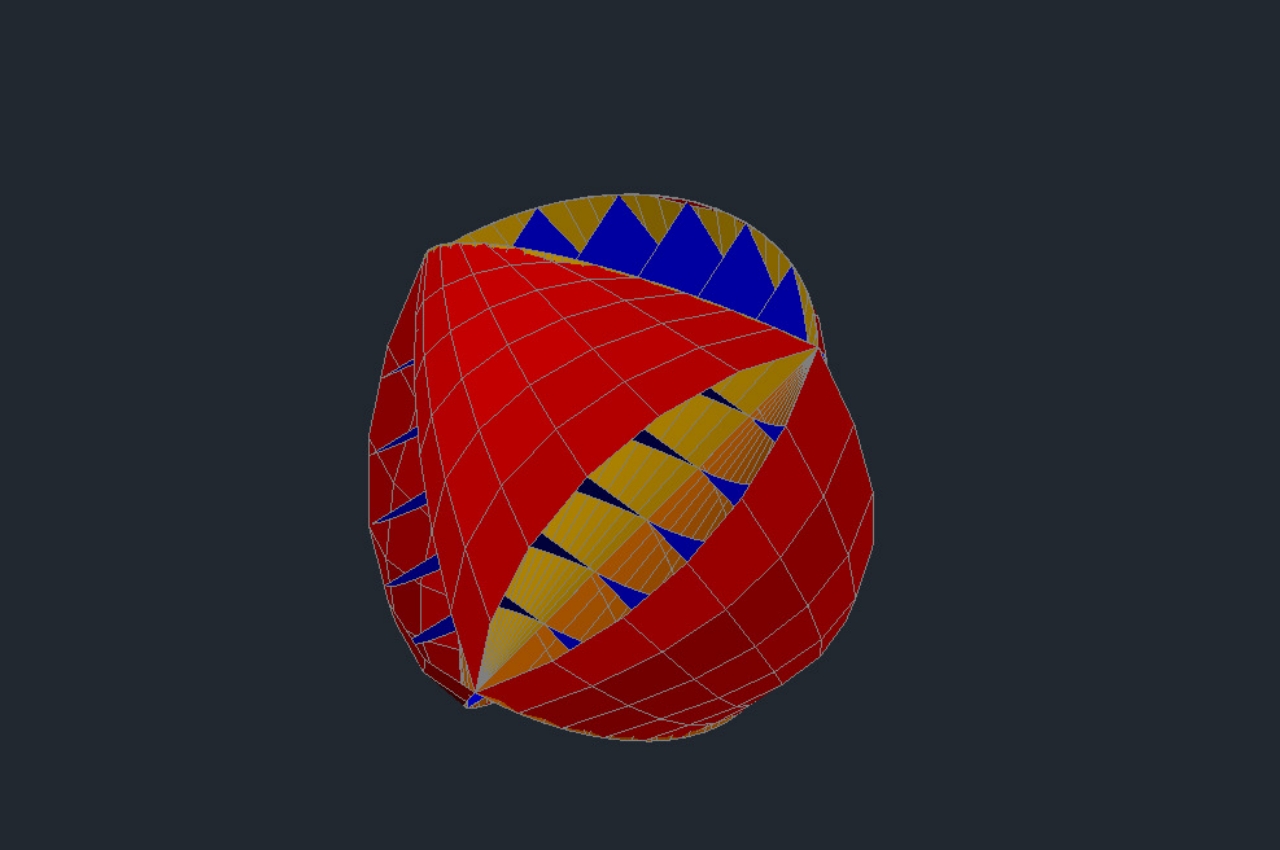
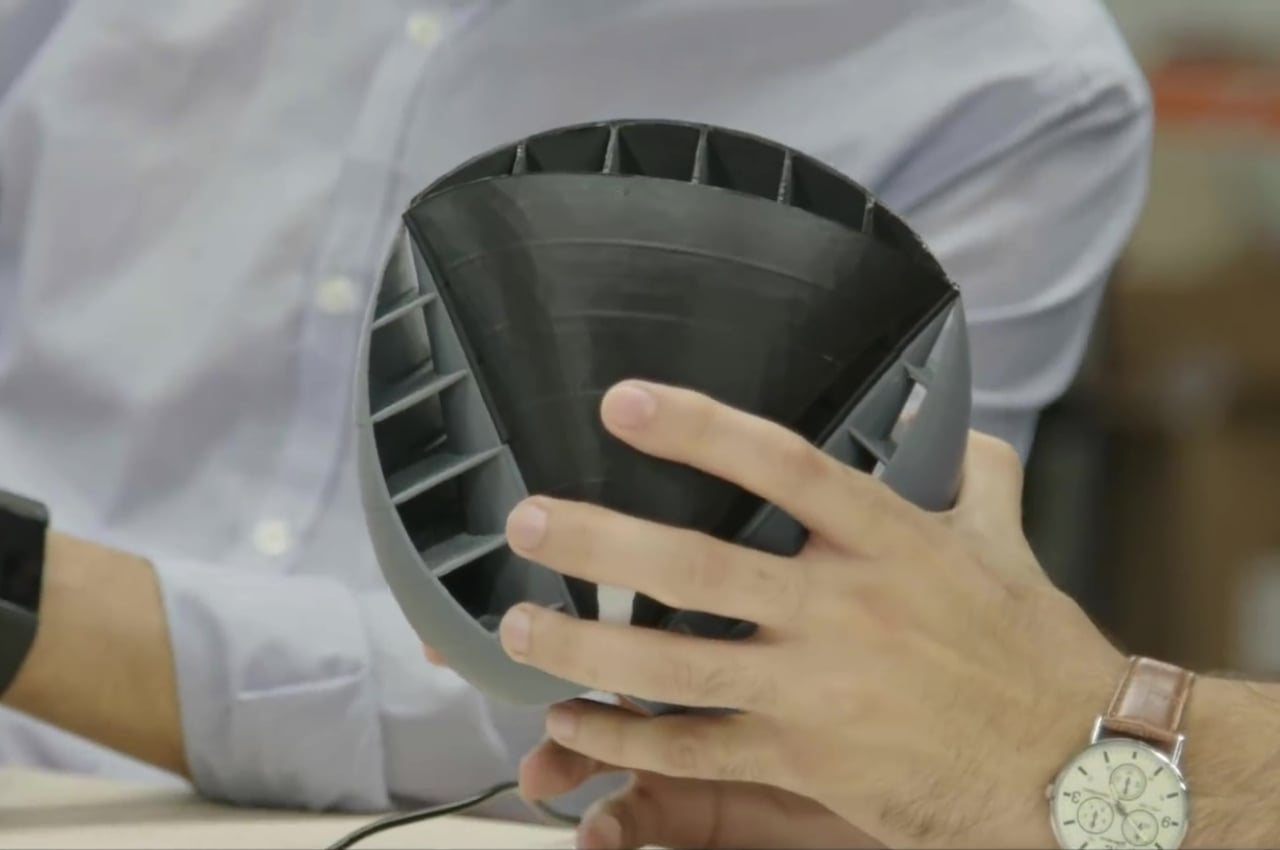
 The masses can now do away with fiddly plugs and long, easily tangled charging wires, as the CulCharge, lets you charge your smartphone …
The masses can now do away with fiddly plugs and long, easily tangled charging wires, as the CulCharge, lets you charge your smartphone …



 massive array of PV panels topping the zHome complex
massive array of PV panels topping the zHome complex